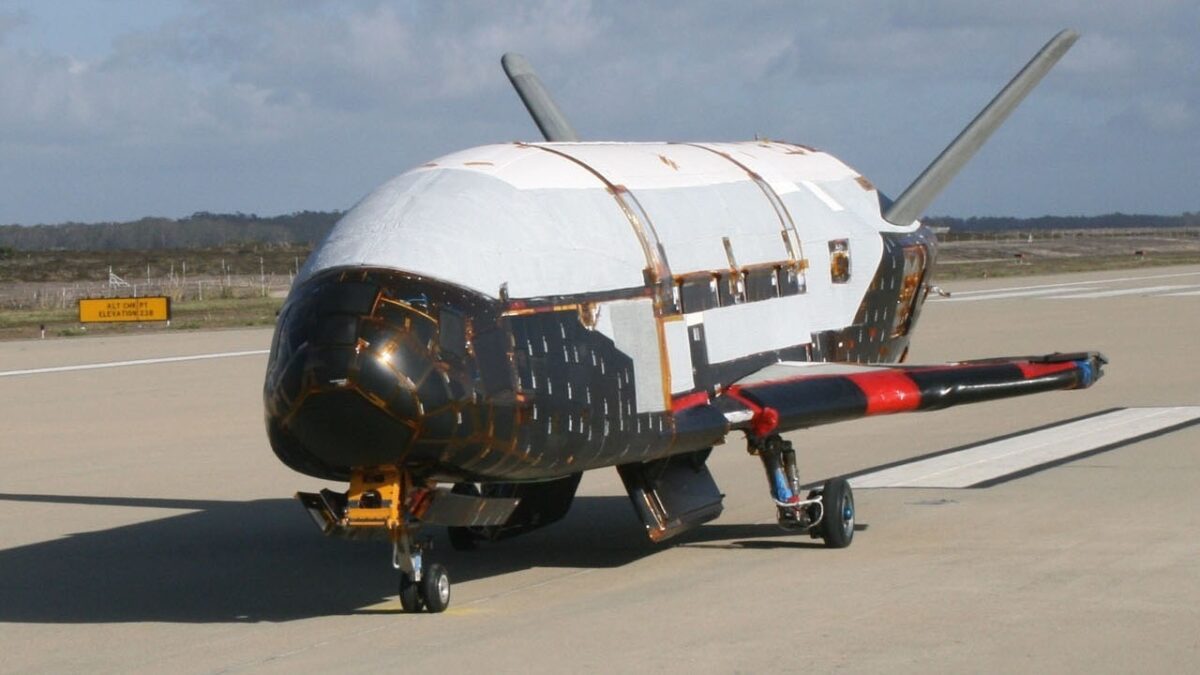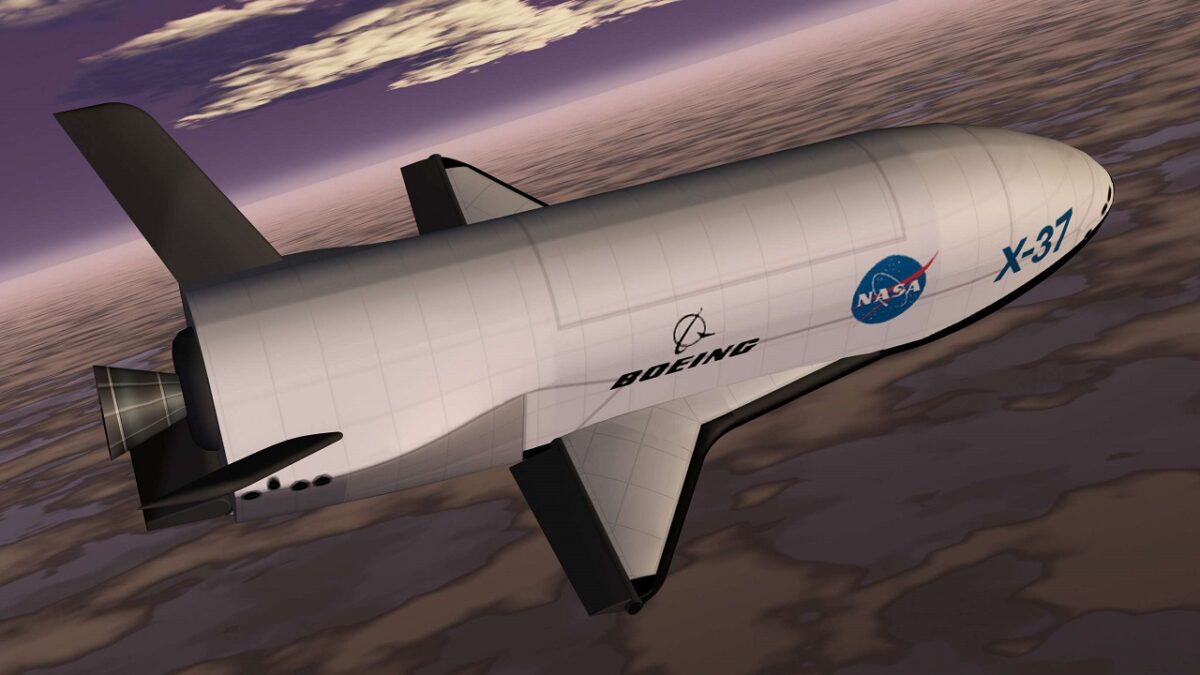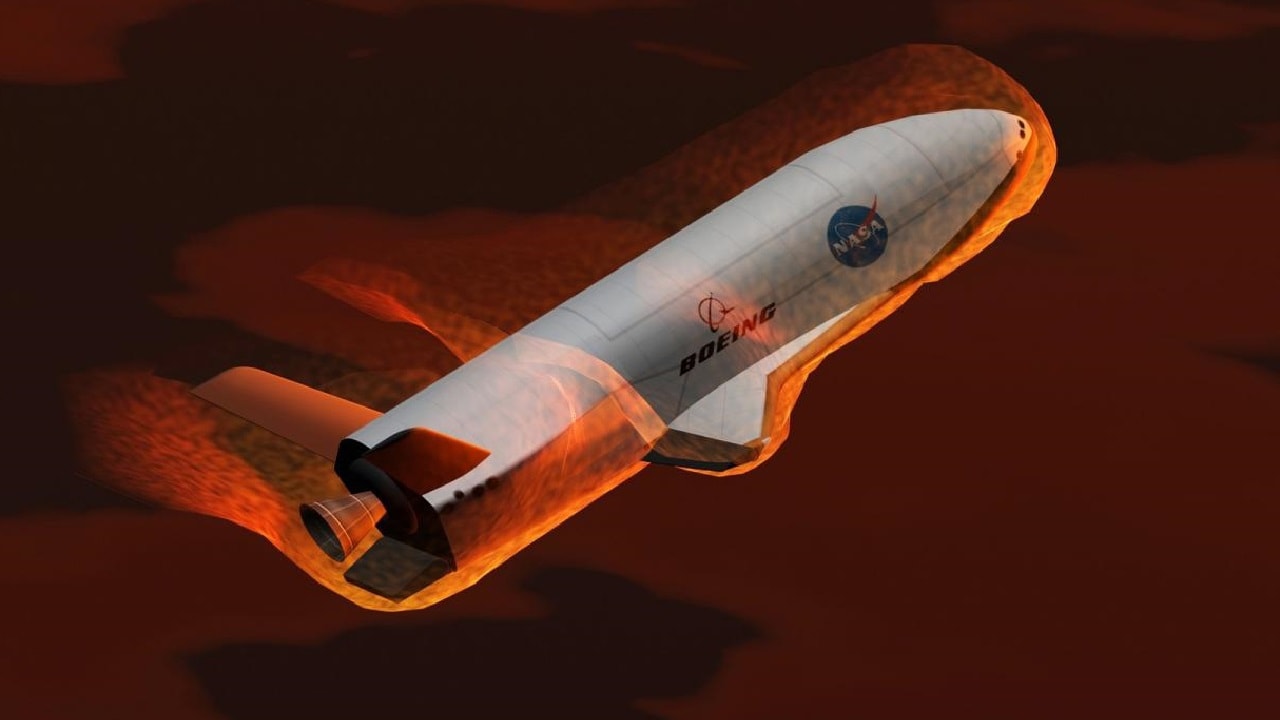China Playing Copycat with Orbiting Spaceplane: Like the United States, China is in the growing orbital spaceplane business. In a craft that can be compared to the Boeing X-37B, a Chinese reusable spaceplane recently jettisoned an object into orbit. The U.S. Space Force is tracking the Chinese spacecraft.
China took a Long March 2F rocket and placed the spaceplane on top to blast off in August for its second launch. The Chinese craft has now been in orbit for three months. Monitoring this mission is a perfect job for the nascent U.S. Space Force to identify whether the mission is for scientific or military applications.
Can U.S. Space Force Earn Its Spurs?
In what has been one of the early Space Force defensive missions, the new U.S. military service and its unit, the 18th Space Defense Squadron, is in charge of monitoring China’s spacecraft. Space Force is not revealing what the Chinese object is, but they have a high level of confidence it is floating nearby the spaceplane after it was released sometime between October 24th and 31st.
Not Much Is Known About the Chinese Spaceplane Project
China is being secretive about this aspect of its space program. There are no photos released by Beijing of the space plane in orbit or the object. The spaceplane conducted a similar mission where it jettisoned an object for a two-day mission in September 2020. The United States believed it transmitted in the S-band broadcast spectrum for up to a month.
Could the Object Be a Satellite? Or China’s X-37B?
It appears the latest object is likely a tiny satellite that will help monitor the spaceplane. It could also be testing the use of future tiny “Banxing” companion satellites in that particular orbit. The satellite could be related to astronomy as well.
So Far, Only Two Launches
China has only announced these two missions for its space plane. It is not clear if the craft is being used for military or civilian purposes or both.
There have been photos of the launch facility in Jiuquan. This tweet from CNSA Watcher showed a short video that displayed the dimensions of the craft and debris from the launch.
The rocket appears to have been a two-stage model.
The project may be funded by the National Natural Science Foundation of China. This would make it more of a civilian “soft power” program that allows the Chinese to brag about their space, technology, and scientific might – a prestige action that adds to the belief that China has prowess and skill in what is one of the most difficult feats – successful space flight.
China Is Choosing the Reusable Spacecraft Option
Reusable spacecraft are all the rage in China now. China Aerospace Science and Industry Corporation has its spaceplane program called Tengyun. A private company named Space Transportation last year raised more than $46.3 million for its hypersonic spaceplane that is focused on space tourism.
What About the American X-37B?
The Chinese could be copying the Boeing X-37B – the unmanned spaceplane from the United States. This orbital test vehicle has been in space for around 860 days.
The X-37B is reusable like the Space Shuttle. It is 29 feet long and 9.5 feet tall, with a wingspan of approximately 15 feet.
The X-37B is in low earth orbit, about 150 to 500 miles above the earth. This mission is believed to be scientific in nature and is examining various means of producing solar power along with experiments for food growth.

In a testing procedure, the X-37B Orbital Test Vehicle taxis on the flightline March 30, 2010, at the Astrotech facility in Titusville, FLa. (Courtesy photo)

X-37B. Image Credit: Creative Commons.
Space Force Has an Important Mission
From the American point of view, China’s spaceplane is one to watch to ensure that Beijing is not attempting military uses in space. It appears so far that the current Chinese mission is scientific for civilian purposes. This is a perfect assignment for the U.S. Space Force – tailor-made for what the Trump administration foresaw in its development as a new military branch.
Space Force may already know what the Chinese object is doing in orbit and is just not releasing that information to the public.
Hopefully, the Space Force has the proper budget, personnel, and tools to keep up with China’s space program that will be a national security priority in the coming years.
Expert Biography: Serving as 1945’s Defense and National Security Editor, Dr. Brent M. Eastwood is the author of Humans, Machines, and Data: Future Trends in Warfare. He is an Emerging Threats expert and former U.S. Army Infantry officer. You can follow him on Twitter @BMEastwood. He holds a Ph.D. in Political Science and Foreign Policy/ International Relations.

